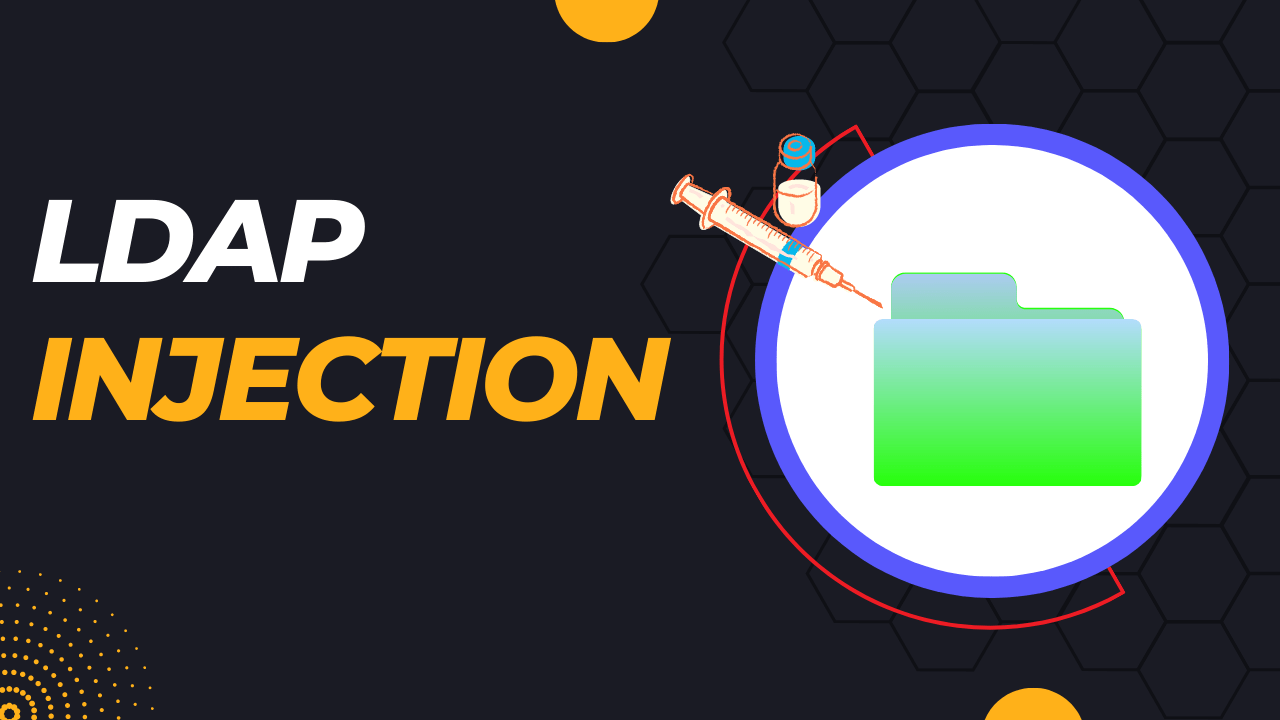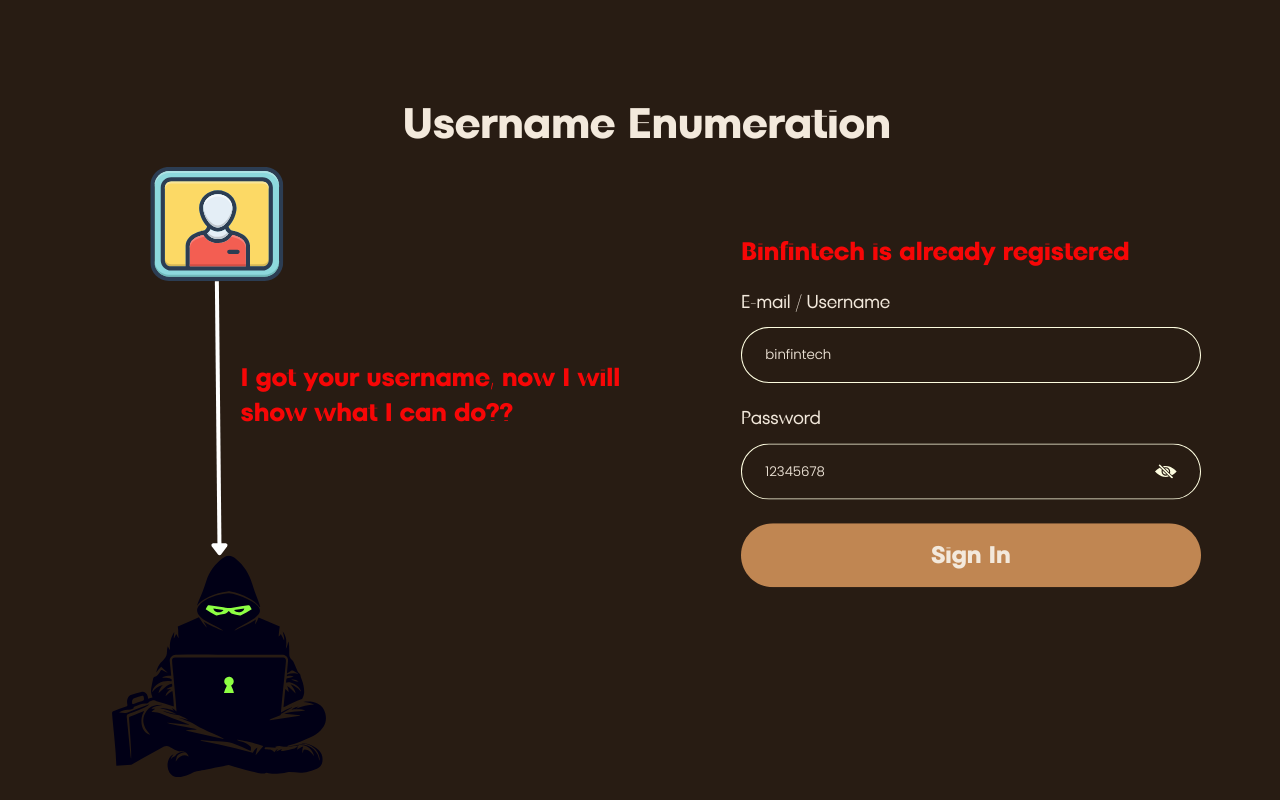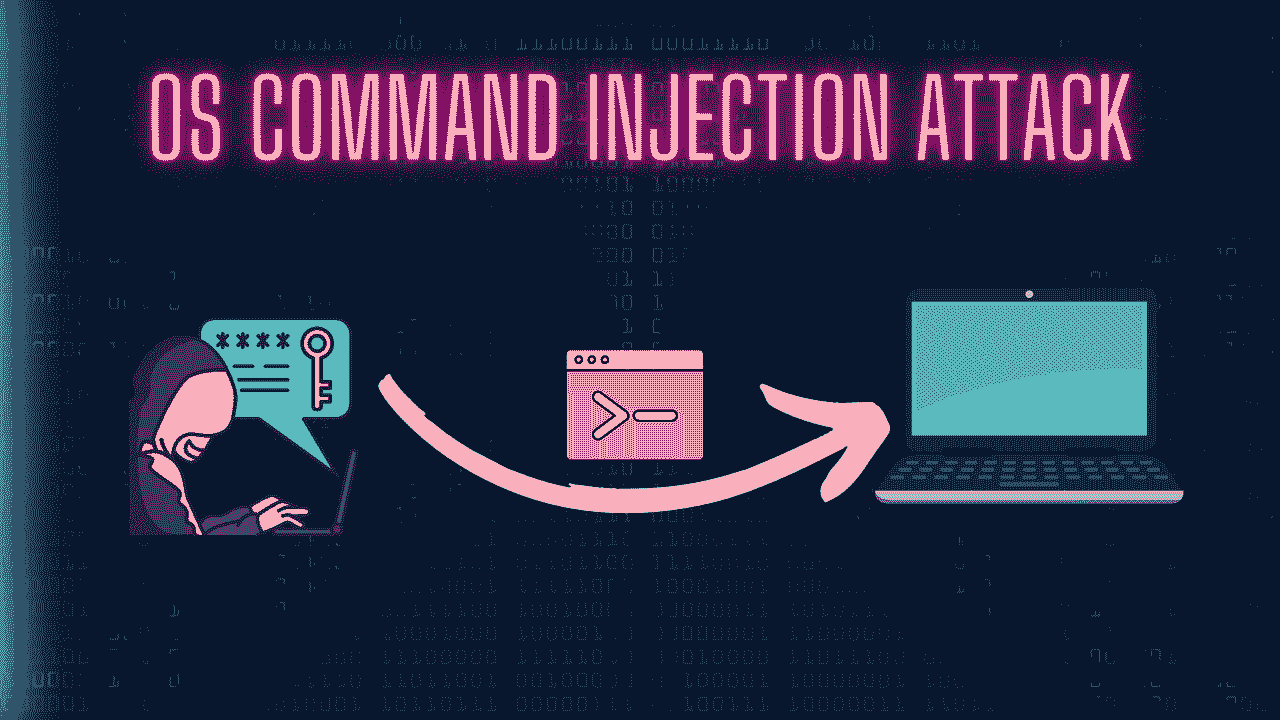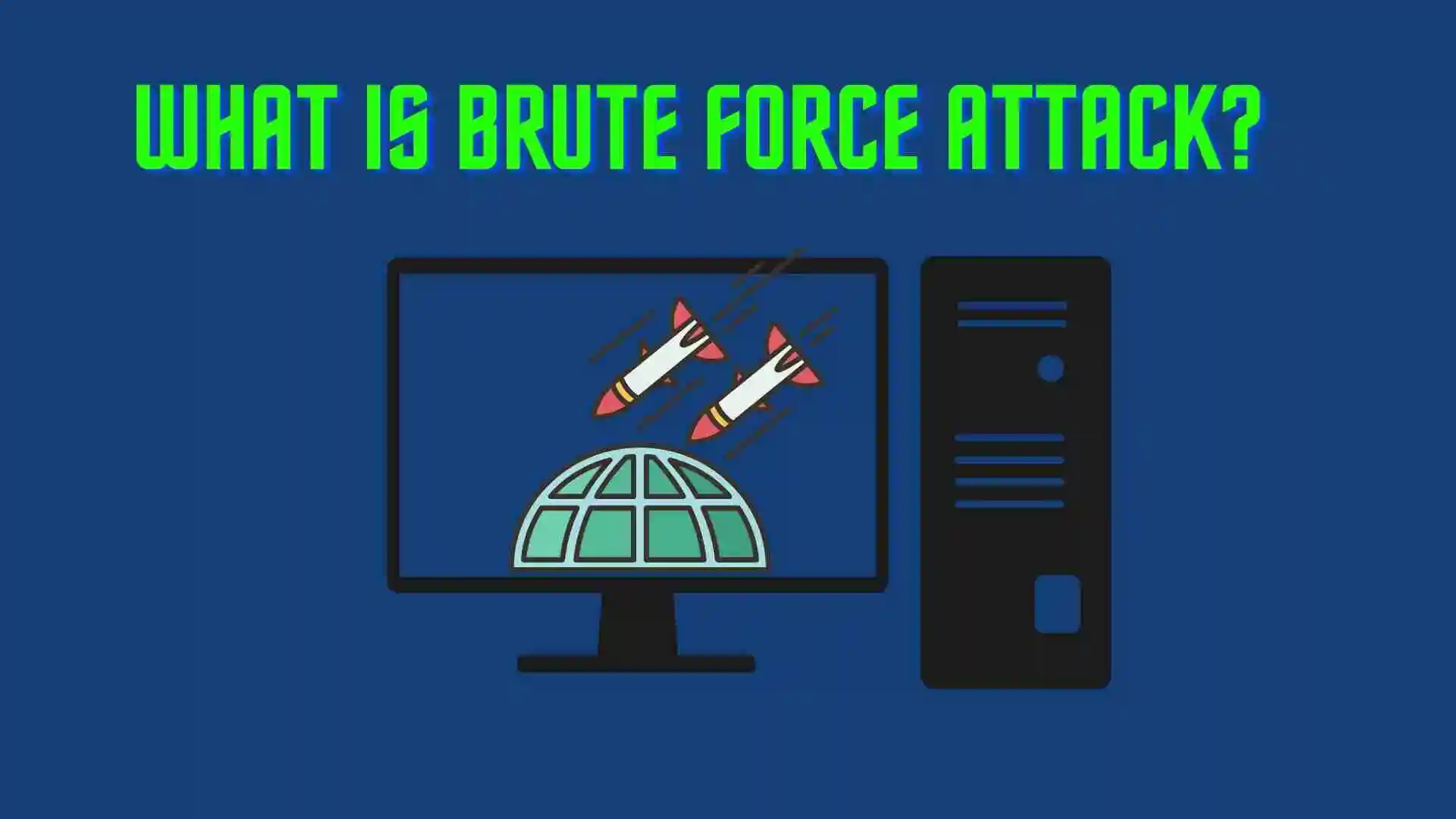In this blog, we will learn about LDAP Injection. LDAP Injection is one of the important attacks because it deals with the database exploit of users and directory access level. So let’s get started with the blog and see what are the impacts ad how to prevent them.
Table of Contents
- Introduction to LDAP Injection
- Impact of LDAP Injection
- Mitigation for LDAP Injection
- Related Articles on Computer Networks
- Recent Articles on Computer Networks
Introduction to LDAP Injection
LDAP (Lightweight Directory Access Protocol) Injection is a type of security vulnerability that occurs when untrusted data is improperly handled within an application that interacts with LDAP servers or directories. LDAP is a protocol to access and manage directory information, such as user accounts, passwords, and other organizational data. It is commonly used in various applications, particularly in authentication and authorization processes.
LDAP Injection is similar to SQL Injection, but instead of targeting a database, it exploits weaknesses in applications that use LDAP to access and manage directory information. The vulnerability arises when an application fails to properly sanitize or validate user-supplied input before using it in LDAP queries.
Here’s how an LDAP Injection attack typically unfolds:
- User Input: An application requests input from the user, like a username, password, or search term.
- Improper Handling: The application takes the user input and directly inserts it into an LDAP query without proper validation or sanitization.
- Manipulation: An attacker exploits this vulnerability by inserting malicious input that alters the original LDAP query’s structure.
- Unauthorized Access: If successful, the attacker may gain unauthorized access to sensitive information, bypass authentication, or perform unauthorized operations on the LDAP server.
For Example:
For example, consider a web application that allows users to search for employees in an organization’s LDAP directory using their names. The application may construct an LDAP query like this:
(&(objectClass=person)(cn=<user_input>))If the application fails to validate or sanitize the user input properly, an attacker could input something like *)(objectClass=*) as the search term, resulting in the following LDAP query:
(&(objectClass=person)(cn=*)(objectClass=*))This manipulated query would return all entries in the LDAP directory with the objectClass=person, potentially exposing sensitive data that should not have been made available.
Impact of LDAP Injection
LDAP (Lightweight Directory Access Protocol) injection is a type of security vulnerability that occurs when an attacker is able to manipulate or inject malicious input into an application’s LDAP queries. This can lead to various security risks and potential impacts, including:
A) Unauthorized Access:
Attackers can exploit LDAP injection to bypass authentication mechanisms and gain unauthorized access to sensitive information or perform actions reserved for privileged users.
B) Information Disclosure:
By crafting malicious LDAP queries, attackers can extract sensitive data from the directory, such as usernames, passwords, and other confidential information.
C) Data Modification or Deletion:
LDAP injection can allow attackers to modify or delete data within the directory, leading to data integrity issues and potential service disruptions.
D) Denial of Service (DoS):
Attackers can use LDAP injection to perform resource-intensive queries, causing a denial of service by overwhelming the LDAP server with excessive requests, resulting in degraded service performance or server crashes.
E) Privilege Escalation:
If the application uses LDAP for role-based access control, attackers can exploit LDAP injection to elevate their privileges and gain administrative access to the system.
F) Application Compromise:
Successful LDAP injection attacks can compromise the entire application, allowing attackers to execute arbitrary code, install backdoors, or escalate attacks further into the network.
G) Compliance and Legal Issues:
If the compromised system stores sensitive user information (e.g., personally identifiable information or financial data), it could lead to compliance violations and legal consequences.
Mitigation for LDAP Injection
Mitigating LDAP injection vulnerabilities involves implementing a combination of preventive measures and secure coding practices. Here are some essential steps to help prevent LDAP injection:
A) Input Validation and Sanitization:
- Validate and sanitize all user-supplied input before using it in LDAP queries.
- Use whitelisting to allow only known safe characters and reject any input containing special characters or escape sequences.
B) Parameterized Queries:
- Use parameterized or prepared statements provided by the LDAP API or framework to separate data from the query.
- Parameterized queries ensure that input data is treated as data and not executable code.
C) Least Privilege:
- Limit the privileges granted to LDAP service accounts to the minimum necessary level required to perform their tasks.
- Avoid using highly privileged accounts for regular application operations.
D) Escaping:
- If dynamic queries are necessary, escape user input properly to prevent special characters from being interpreted as part of the query.
- Different LDAP libraries may have different methods for escaping data, so consult the documentation specific to the library in use.
E) Error Handling:
- Implement appropriate error handling mechanisms to prevent the leakage of sensitive information in error messages.
- Be cautious about providing detailed error messages to end-users; instead, log errors securely for debugging purposes.
F) Security Audits and Code Reviews:
- Regularly perform security audits and code reviews to identify and address potential vulnerabilities, including LDAP injection.
- Engage security professionals or third-party companies to conduct thorough security assessments of your application.
Remember, a comprehensive security strategy involves a defense-in-depth approach. No single measure can guarantee complete security, but by combining multiple layers of protection and best practices, you can significantly reduce the risk of LDAP injection and other security threats.
Related Articles on Computer Networks
- Introduction to Computer Networking | What is Computer Network
- What are Topology & Types of Topology in Computer Network
- What is FootPrinting in Cyber Security and its Types, Purpose
- Introduction to Cloud Computing | What is Cloud Computing
- Distributed Shared Memory and its advantages and Disadvantages
- What is VPN? How doe VPN Work? What VPN should I use?
- What is an Internet and How the Internet Works
- What is a Website and How Does a Website or web work?
- Introduction to Virus and different types of Viruses in Computer
- What is TCP and its Types and What is TCP three-way Handshake
- What is UDP Protocol? How does it work and what are its advantages?
- What is an IP and its Functions, What is IPv4 and IPv6 Address
- What is MAC Address and its Types and Difference MAC vs IP
- What is ARP and its Types? How Does it Work and ARP Format
- Sessions and Cookies and the Difference Between Them
- What is ICMP Protocol and its Message Format?
- What is Big Data? Characteristics and Types of Big Data
- Disciplines of CyberSecurity | What are the goals of CyberSecurity?
- What is Firewall, Features, Types and How does the Firewall Work?
- Network Scanning, Types, and Stealth Scan in Computer Network
- Cryptography and its Types in Ethical Hacking
- Tor Browser and How does it Work | Onion Router Tutorial
- Proxy Server, Advantages, Difference between Proxy Server & VPN
- DHCP Protocol and What Are the Pros and Cons of DHCP
- Intrusion Detection System(IDS) and What are the types of IDS
- Domain Name Server, How Does It Work, and its advantages
- Telnet: Introduction, How Does it Work, and Its Pros and Cons
- What is SIEM? | What is the Difference between SIEM and SOC?
Recent Articles on Computer Networks
- Dirb Command Kali Linux | Dirb: A Web-Content Scanner
- Introduction to Burp Suite | How to Download Burp Suite in Linux
- What is Tmux? | Introduction to Tmux
- Introduction to Termux | Termux Introduction
- EyeZy: How to log in to other Emails without receiving a Notification.
- Nmap Scanning Tool in Cyber Security with Nmap Cheatsheet
- WPScan Full Tutorial in 10 minutes| How to scan with WPScan
- Modules and Components of Metasploit Framework
- Data Packet Capture and Filters in WireShark
- Tshark: An Alternative for WireShark and How to use it
- SqlMap command in CyberSecurity | SQL Injection Attack Tool
- Hydra Tool Full Guide | Learn Hydra Command Tutorial
- John the Ripper Tool | How to crack the Password of Files
- Nikto Tool Web Vulnerability Scanner That Every Hacker Uses




